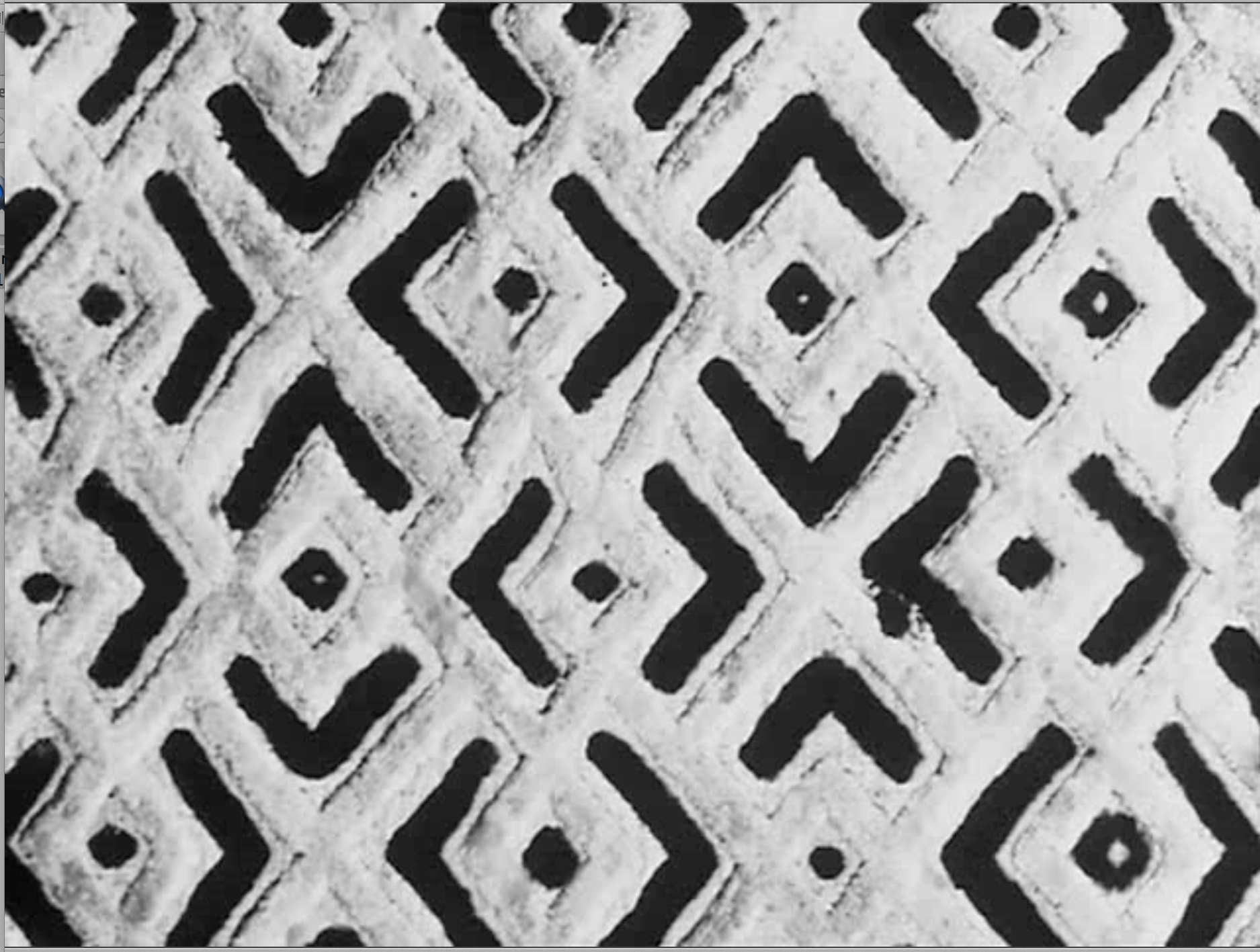In Statues Also Die empty cardboard packages of electronic devices are filmed in front of a black background. In patterns of light and shadow the film depicts the cartons in complete shape, various angles or in detail revealing their material surface. The shapes of the objects evoke associations with ethnographical artifacts such as African masks, animal totems or Pre-Columbian statues. In the 16 mm film disposal objects become re-animated, revaluated and fetishized.
The film is structured into five chapters.
Statues Also Die is inspired from Les statues meurent aussi (1953) by Chris Marker and Alain Resnais. Statues Also Die is the result and culmination of a process of transformation from a commodity into an artwork and/or fetish that has been freed of its fetishistic/cultic functions and transposed into the auratic, but economically defined space of Modernity.” (excerpt of Regina Barunke ‘Statues Also Die’)
For further readings Statues Also Die by Regina Barunke
Exhibition view, Transfer Korea-NRW, MMCA,National Museum of Modern and Contemporary Art, Korea Gwacheon, 2013, KR

2013 ‚New Kids of the Block’, Tanas, Berlin, DE (curated by Ayse Erkmen)

2012 Lothringer 13, München, DE (curated by Felix Ruhöfer)

'Better than Universe', Daegu Art Factory, KR, 2013 (curated by Jinsang Yoo)

Chris Marker & Alain Resnais, Les statues meurent aussi, 1952-3, 16mm, b&w, sound, film still, © Présence Africaine, 1953

Chris Marker & Alain Resnais, Les statues meurent aussi, 1952-3, 16mm, b&w, sound, film still, © Présence Africaine, 1953

Chris Marker & Alain Resnais, Les statues meurent aussi, 1952-3, 16mm, b&w, sound, film still, © Présence Africaine, 1953

Chris Marker & Alain Resnais, Les statues meurent aussi, 1952-3, 16mm, b&w, sound, film still, © Présence Africaine, 1953
Statues Also Die / Text by Eva Scharrer, Kasseler Video und Dokumentarfestival, 2013
In front of a black backdrop, a grayish rectangular object comes slowly closer until its outline succeeds the picture frame. Another object hovers in from the left, moves into the center of the image and towards the back, and then disappears. Their silent movements recall spaceships in the vast darkness of the universe. More similar objects are presented in short still sequences from the back and from the front, crossing the screen or turning slowly in front of the camera. Faces and bodies begin to appear in the abstract forms.
In his silent 16mm film in five chapters, Sascha Pohle portraits the empty packaging material of electronic devises, focusing on the sculptural qualities of the surface structures and individual cut-out shapes, and highlighting the shadow-play between positive and negative forms and their figurative imagination. Already in 1959, the artist Gustav Metzger presented the cardboard packaging of a television set found on the street as a ready-made sculpture. But Pohle’s reference goes further. The title quotes the homonymous film Les statues meurent aussi by Chris Marker and Alain Resnais. In their 1953 black-and-white film, Marker and Resnais address a history of cultural theft and exploitation on the example of African sculptures, which appear dramatically lit in a black space. Here, the spiritual fetish objects become commodified and banalized when taken out of their cultural or ritual context and presented in the ethnographical collections of European museums, further reduced in meaning through endless replicas to feed the Western market with “African” arts and crafts.
Sascha Pohle reverses the shift in meaning by presenting the industrial garbage of today’s commodity fetishes as if they were archeological finds or ethnographical artifacts; their concave and convex forms mimicking African masks, animal totems or Pre-Columbian statues. Interested in questions of authenticity and exoticism, original and copy, Pohle draws from various film and art historical references. Statues Also Die explores the notion of fetishism in the light of different cultural and aesthetical contexts. What remains of an object, when deprived of its content? What does a shape relate to? And how do we relate to a shape, a form, an object—or its empty shell?